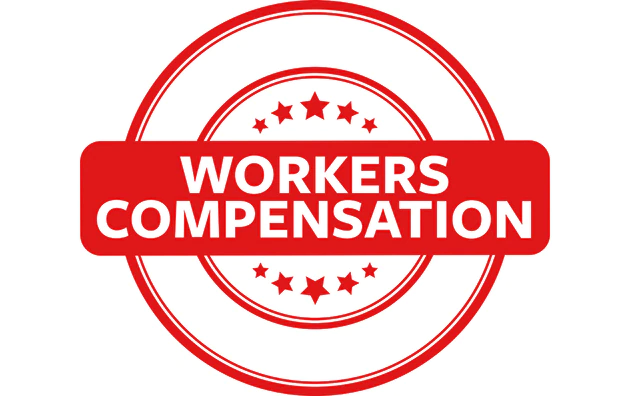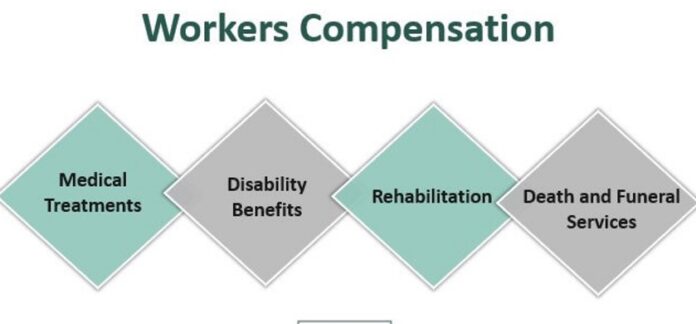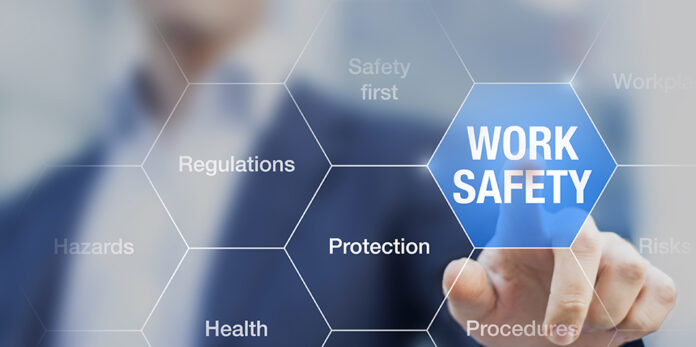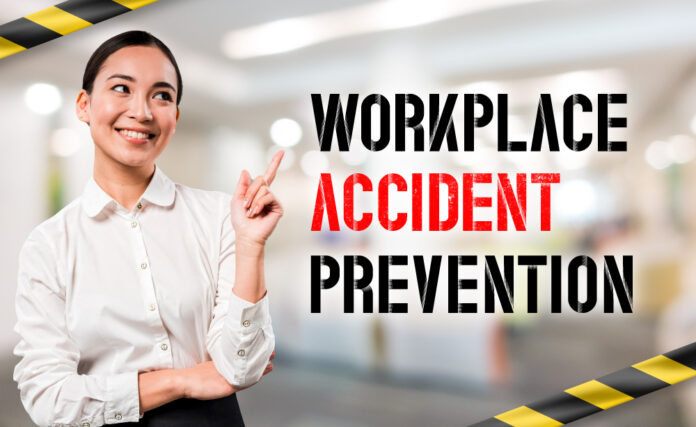Injuries suffered at work can have serious consequences for employees and employers. In addition to causing physical harm and financial losses, they can also lead to decreased morale, productivity, and legal issues. Therefore, employers need to take steps to reduce the risk of workplace accidents and create a safe and healthy work environment.
Here are five tips for employers to reduce workplace accidents and reduce workers comp claims. If you need to find further information, you can learn at https://cerity.com/solutions/workers-comp/.
What Is Workers Comp?

Workers’ compensation is a government-mandated program that benefits workers who become injured or ill on the job. It is a form of insurance that compensates workers for injuries or illnesses caused by their jobs.
Workers’ compensation benefits may pay a portion of the employee’s lost wages for as long as it takes him or her to become able to work again. The benefit package may also include healthcare coverage and reimbursement for occupational therapy.
In most cases, employers pay insurance premiums to private insurers to fund workers’ compensation programs. Each state has a board that oversees the Workers’ Compensation program. The boards intervene in disputes between workers and employers.
Federal workers’ compensation programs cover federal employees, longshore and harbor workers, and energy employees.
How Does Workers Comp Work?

In a workers’ compensation case, neither the employer nor the employee is at fault. Neither the claimant’s carelessness nor an employer’s fault does not affect the amount a claimant receives for causing the injury.
However, if a worker’s injury was caused solely by intoxication from drugs or alcohol—or the intent to injure oneself or others—then that individual loses worker compensation eligibility.
The employer or insurance carrier must agree that the injury or illness is work-related for a claim to be paid. If the employer or insurance carrier contests a claim, cash benefits are paid once an administrative judge decides who is right.
Also, if an employer contests a worker’s claim for benefits that are not job-related, the worker may be eligible to receive disability payments until it can be established whether he or she is entitled to workers’ compensation.
However, if payments are made through the Disability Program, they will be deducted from any future workers’ compensation awards.
You may receive two-thirds of the difference if you can return to work at a lower wage than before your injury. You can also return to work before you are healed, but your employer may require you to perform only limited tasks or duties.
Types of Workers’ Compensation

● Medical
This type of claim involves injuries that are easy to treat. It is also the easiest claim for workers to process—which means you may have a better chance of getting your rightful benefits if this type of injury occurs.
Injured workers can return to work the next or the same day, depending on how mild their injuries are and what kind of service they provide.
● Disability
There are four types of work-related disabilities, including:
- Temporary total disability: is a temporary condition caused by an injury that results in your employee being unable to work at their normal capacity but who will resume full duties after treatment.
- Temporary partial disability: an employee can continue working at a reduced capacity without taking time off.
- Permanent total disability: leaves the employee unable to return to his or her previous role.
- Permanent partial disability means that the employee can return to work after a period of recovery, but their level of productivity will be less than before the injury.
When an employee cannot work because of a disability, workers’ compensation can pay some of the income they have lost by not being able to work. If you are permanently disabled, workers’ comp can provide you with a lifelong source of income.
● Rehabilitation
Workers’ comp can provide ongoing care for injured employees.
Such individuals may need ongoing physical or vocational therapy to learn new skills, allowing them to return to work. Workers’ compensation can cover the cost of new training and certifications.
● Death and Funeral Services
If an employee dies because of a work-related injury or illness, that person’s family and beneficiaries can receive workers’ compensation benefits. They can use this money to help cover the funeral costs and lost wages associated with their loved one’s death.
Reducing Workers comp: How Employers Can Reduce Accidents At Work

● Conduct a risk assessment
The first step in reducing workplace accidents is to identify potential hazards. This can be done through a risk assessment, which involves evaluating the work environment and processes to identify potential hazards and determining the likelihood and severity of those hazards. The assessment should consider physical hazards (e.g., machinery, hazardous materials) and non-physical hazards (e.g., stress, fatigue)that could be encountered while performing a particular job or task. Employers can implement controls to eliminate or reduce identified hazards based on the results of this assessment.
● Provide Training And Education
You should train employees to perform their duties safely and be aware of potential hazards. This includes training on the proper use of equipment and safety protocols and educating employees on the importance of reporting accidents and near misses. Regular safety meetings and reminders can also help maintain awareness and prevent accidents.
● Implement Safety Policies And Procedures
Establishing clear safety policies and procedures can help prevent accidents by guiding how to perform job duties safely. These policies should be communicated to all employees and enforced consistently. Employers should also encourage employees to report any safety concerns and follow up on those reports to address any potential hazards.
● Providing Personal Protective Equipment(PPE)
(PPE) can help reduce the risk of injury by providing a barrier between the employee and potential hazards. Employers should provide appropriate PPE for the tasks being performed and ensure that employees are trained to use it correctly.
● Encourage A Culture Of Safety.
Creating a workplace safety culture can help prevent accidents by encouraging employees to prioritize safety in all aspects of their work. You can achieve this through safety incentives, recognizing safe behaviors, and involving employees in developing safety policies and procedures.
Why Is Accident Prevention Important?

Accident prevention is important for several reasons:
- Protecting employees: Accidents can result in serious injuries or even death, and it is the responsibility of the employer to provide a safe and healthy work environment for their employees.
- Reducing workers comp: Accidents can result in costly medical bills, harming a company’s bottom line. Preventing accidents can help reduce these workers’ comp.
- Improving morale: When employees feel safe and secure in their work environment, they are more likely to be engaged and motivated. This can lead to higher levels of productivity and overall job satisfaction.
- Maintaining compliance: Accidents can result in fines or legal action if you fail to meet government agency safety standards.
Conclusion
By following these tips, employers can take proactive steps to reduce the risk of workplace accidents and create a safer work environment for their employees. Besides the benefits for employees, a safer work environment can also lead to increased productivity, lower absenteeism, and reduced legal and financial costs for the employer.









